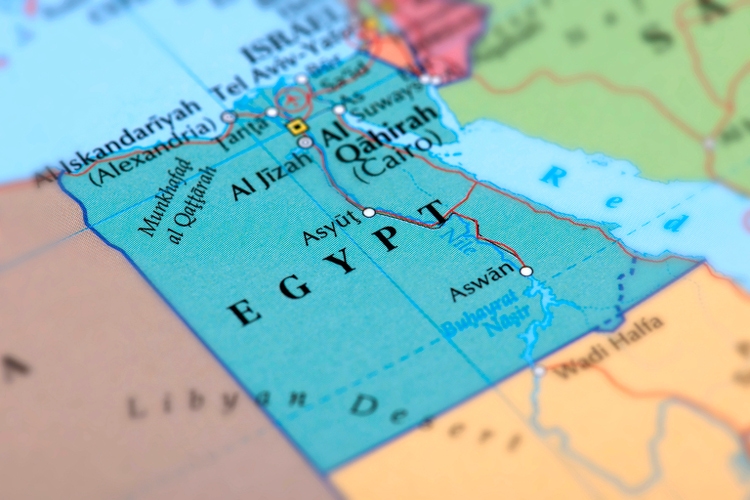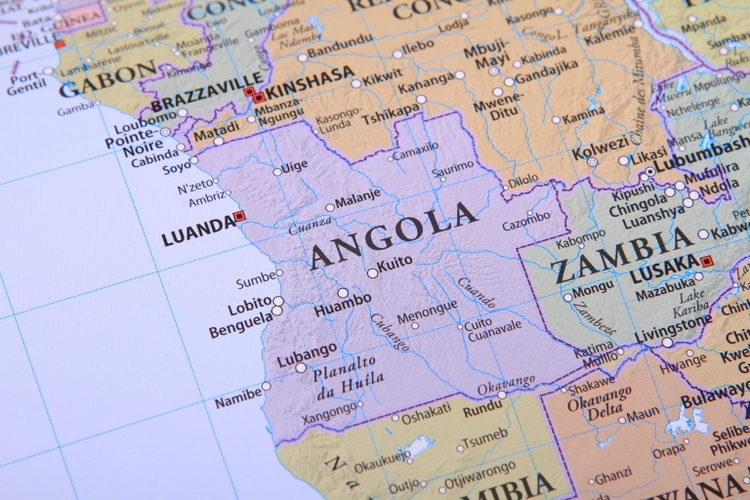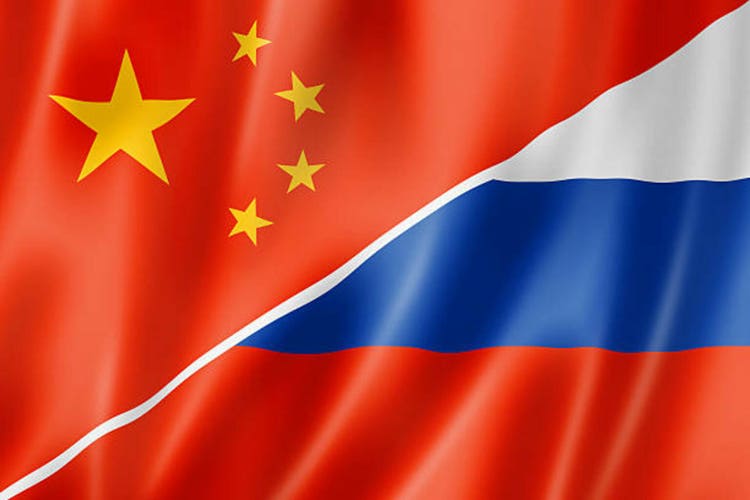 STOCK PHOTO | Image from Freepik
STOCK PHOTO | Image from FreepikFrom the bold kick of Batangas barako coffee to the sweet tang of Davao’s pomelo, the rich crunch but smooth texture of Bicol’s pili nuts, and the world-famous Guimaras mangoes, dubbed as the sweetest mangoes in the world, the Philippines is home to a remarkable variety of products shaped by its rich land, diverse climate, and colorful tradition. Each of these products carries more than just its flavor, it tells the story of its origin and the communities that cultivate it. This story of origin is encapsulated in what the legal system recognizes as a geographical indication (GI), and the Philippines has taken big steps toward protecting it.
In 2022, the Intellectual Property Office of the Philippines (IPOPHL) approved the country’s very first registered GI: the Guimaras mango. For the island’s growers, this recognition is more than just a label; it is a shield against imitators, a promise of quality to consumers, and potentially a passport to global markets. More recently, the IPOPHL also registered its second local GI, the Albuquerque Asin Tibuok, which is popularly known as the “dinosaur egg.”
WHAT’S IN A NAME?
A GI is a sign that identifies goods originating from a specific place. These goods possess a certain quality, reputation, or characteristic deeply tied with the geographical origin or the human factors where the products originate. Think of the luxurious Champagne wine from France or the King of Cheese Parmigiano Reggiano from Italy. These names are protected because they carry quality and prestige which translate to market value and consumer confidence.
GI protection varies across jurisdictions. The European Union operates a sui generis system providing for special laws solely for GI protection, while the United States treats them as trademarks.
In the Philippines, specifically, in Republic Act No. 8293 or the Intellectual Property Code, the term “geographical indications” is mentioned only once, under Section 3 (referred to as “geographic” indication) as an intellectual property right that the law protects. Until recently, there was no clear system dedicated to GIs. This gap is now slowly being filled.
SEEDS OF A SYSTEM
Over the past decade, the IPOPHL has steadily planted the seeds of a GI culture. In 2022, it issued the Rules and Regulations on Geographical Indications (RR-GI) which extend protection to agricultural goods, handicrafts, and industrial products. It laid down procedures and requirements for registration (one of which is the Manual of Specifications which is considered the “bible” of the GI products), the rights of producers, and mechanisms for revocation if standards are not met. Unlike our trademark system, the GI Rules emphasize GI as a collective and/or community right as opposed to trademarks which may be owned by individuals. The Rules also provide for unlimited term of protection premised on the submission of evidence linking the products’ quality, origin, and/or characteristics to its geographical origin, as opposed to a trademark’s which focuses on the sign’s distinctiveness. The Rules also prevent the use of names that mislead consumers, even with qualifiers like “style,” “type,” or “kind” as opposed to trademarks which primarily prevent confusing similarity with registered marks.
A draft Geographical Indications Bill also seeks to further institutionalize and address the gap in the current legal system of protection for GIs. These policy initiatives enshrine legal protection to elevate GIs and penalize misuse through the inclusion of protection against infringement, one of the biggest gaps in our current legal system.
WHY IT MATTERS
The stakes are high. Proper GI protection could, hopefully, result in better livelihood for farmers, artisans, and rural communities. It can turn local products into international stars while ensuring that the economic benefits flow back to the regions they come from. The country’s GI initiatives also safeguard indigenous knowledge, like the traditional weaving techniques of Mindanao or heirloom rice varieties in the Cordilleras.
Several challenges, however, remain. Many potential GIs lack strong producer organizations, manuals of specifications, or marketing strategies. Without collective effort, even the best local products could be overshadowed by imitators or fail to stand out in global markets.
TOWARD NATIONAL STRATEGY
Experts say a coherent national strategy is essential. This means aligning national policies and agencies in nurturing GIs. It also means ensuring that local communities, the very people whose knowledge and labor give these products their character, are fully included in the process.
The Guimaras mango has shown what is possible. Beyond this sweet success story, however, lies a broader vision: a Philippines where regional products carry recognized seals of authenticity, compete proudly on store shelves worldwide, and bring prosperity back home.
In a world hungry for authenticity, the Philippines is finding that its strength may lie not only in innovation, but also in honoring its roots. Protecting a place may just be the country’s next big brand.
This article is for general informational and educational purposes only and not offered as and does not constitute legal advice or legal opinion.
Joan Janneth M. Estremadura is a senior associate of the Intellectual Property department of the Angara Abello Concepcion Regala & Cruz Law Offices (ACCRALAW).
830-8000

 5 days ago
1
5 days ago
1




















 English (US) ·
English (US) ·